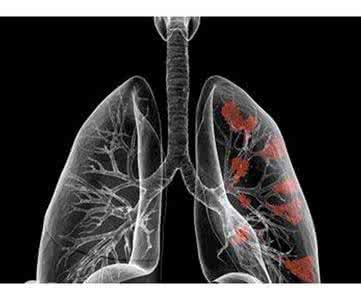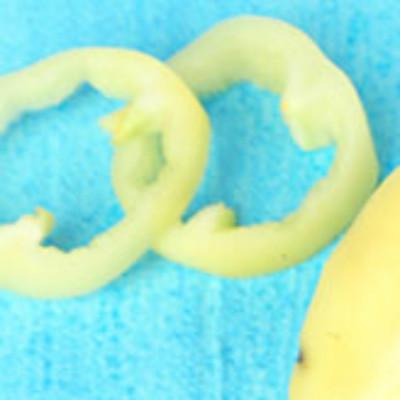Pulmonary stenosis?
summary
If the condition of pulmonary valve stenosis is not treated in time, the development is very serious. Most of the time, we do not know the clinical manifestations of pulmonary valve stenosis, so it leads to the serious condition of pulmonary valve stenosis. The following is to introduce the symptoms of pulmonary valve stenosis.
Pulmonary stenosis?
The ratio of male to female is about 3 ∶ 2. The age of onset is mostly between 10 and 20 years old. The symptoms are closely related to pulmonary artery stenosis. Patients with mild pulmonary artery stenosis generally have no symptoms, but with the increase of age, the symptoms gradually appear, mainly manifested as poor labor endurance, fatigue, palpitations after fatigue, shortness of breath and other symptoms. Severe stenosis can cause dizziness or syncope after strenuous exercise. In late stage, right heart failure symptoms such as jugular vein distention, hepatomegaly and edema of lower limbs appear, such as coexisting atrial septal defect or patent oval fossa, cyanosis and clubbing fingers (toes) can be seen in lip or peripheral fingers (toes).

Physical examination: the main sign is that the third to fourth grade loud and rough jet like systolic murmur can be heard at the second rib of the left sternum, and the murmur can be transmitted to the left neck or left subclavian area. The most loud murmur can touch systolic tremor. The murmur intensity varies with the degree of stenosis, blood flow velocity, blood flow and chest wall thickness. The second heart sound in pulmonary valve area is often weakened and split. In patients with funnel stenosis, the murmur and tremor are usually located in the left third or fourth intercostal space, and the intensity of murmur and tremor is light. The second heart sound in the pulmonary valve area may not be alleviated, and sometimes even split.

In patients with severe pulmonary stenosis, the left edge of sternum protrudes forward due to right ventricular hypertrophy, and the lifting pulsation can be felt in the precordial area. In the tricuspid valve area, due to the relative insufficiency of tricuspid valve, a blowing like systolic murmur can be heard, accompanied by atrial septal defect. When the blood flow in the atrium is shunted from right to left, cyanosis may occur in the lip and fingers (toes) of the limbs Clubbing fingers (toes).

matters needing attention
The clinical manifestation of pulmonary valve stenosis is not single. I hope that patients with pulmonary valve stenosis should correctly face their own condition of pulmonary valve stenosis. For pulmonary valve stenosis, early detection and early treatment should be achieved, so that their own pulmonary valve stenosis disease can be more effectively cured. I hope you must know this.














